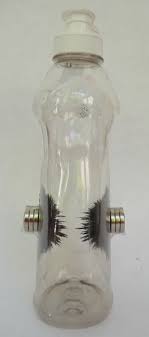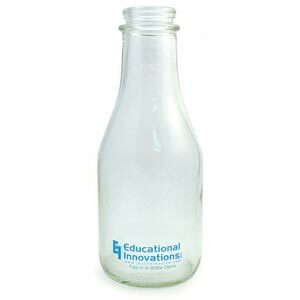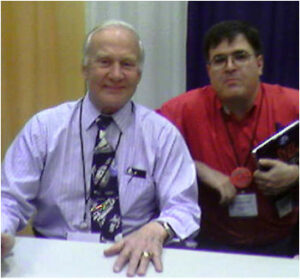 by: Martin Sagendorf
by: Martin Sagendorf
This 3D Magnetic Field demonstration is actually quite easy to do. It clearly illustrates that magnetic fields are not flat (as too frequently demonstrated in the classroom).
Demonstrating a 3D Magnetic Field
This easy-to-make construction requires only four components:
- A clear plastic bottle (about 1-3/4” in one dimension) – the one illustrated below is a 12.6 fl oz ultra concentrated Joy ® dishwashing soap bottle – Note that any bottle originally containing soap or detergent will require repeated rinses to completely remove all of its original contents.
- Six 17 mm x 3 mm Neodymium ring magnets Read the rest of this entry »




 Posted by Tami O'Connor
Posted by Tami O'Connor 
 by: Tami O’Connor
by: Tami O’Connor
 by Ted Beyer
by Ted Beyer